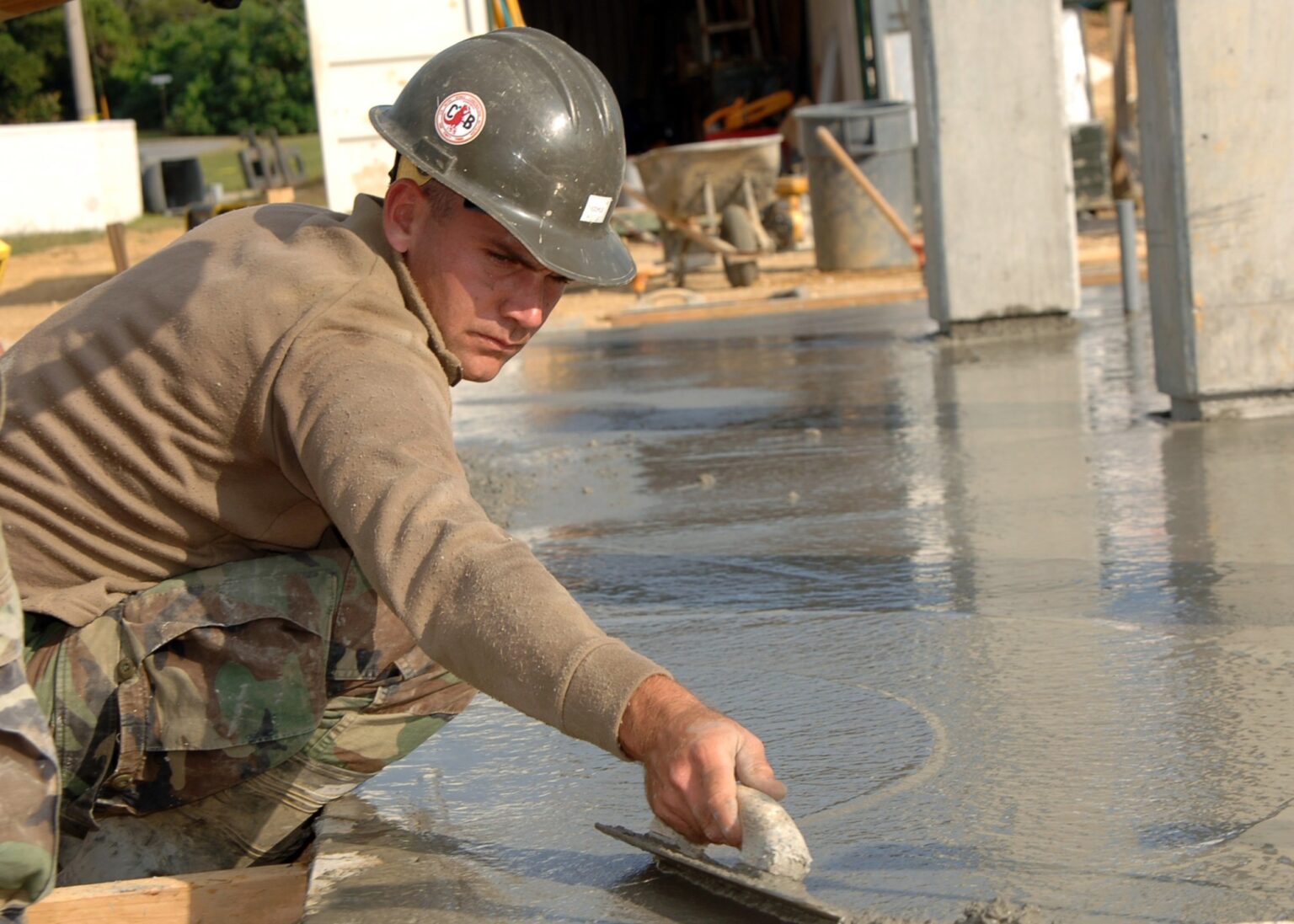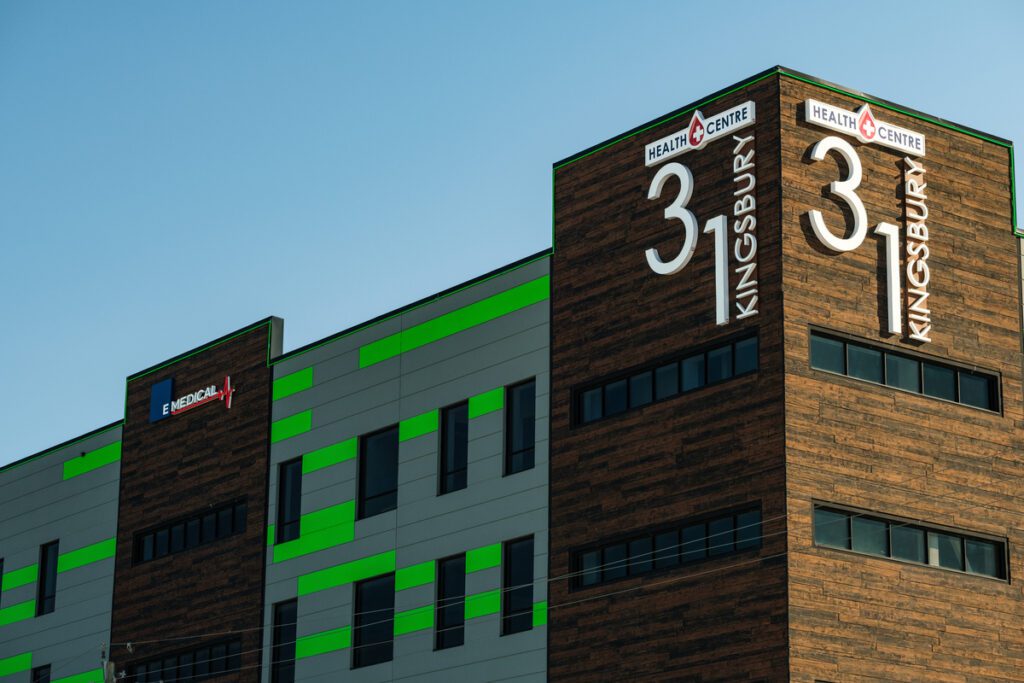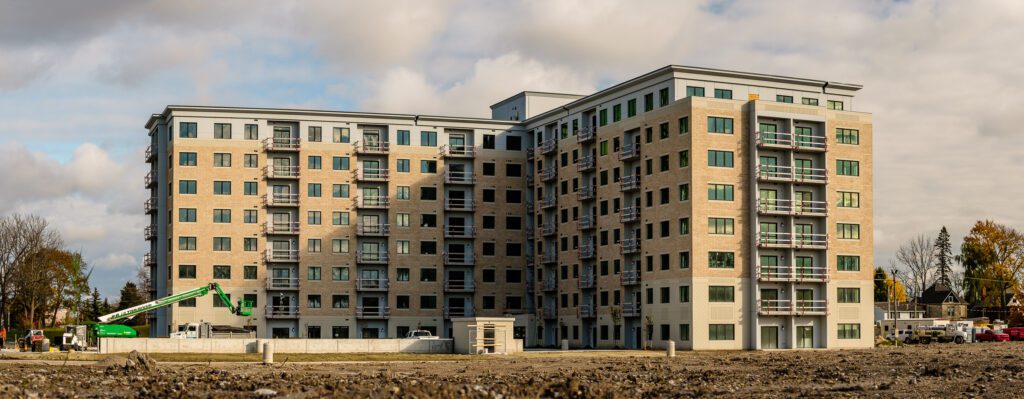Did you know that concrete is the most popular building material?
Since concrete is versatile, durable, and sustainable, it’s easy to understand why architects and builders favor it. But curing concrete on-site can be a hassle. Is there another option?
Yes! It’s called precast concrete. Keep reading for a handy guide to precast concrete, including little-known benefits and how you can use it to achieve your creative vision.
What Is Precast Concrete?
Precast concrete refers to concrete pieces that are formed and hardened off-site. They are shaped in molds or forms. Form liners can be used to give the pieces unique and interesting textures.
Once cured, these concrete pieces are then transported to the construction location. This differentiates precast concrete from cast-in-place concrete, which builders pour and cure on-site.
Precast concrete can be used inside walls to form a building’s main construction. Architects can also add it to a building’s façade to provide soundproofing, reinforcement, or visual appeal.
Why Use Precast Concrete?
Precast concrete has several unique features that make it ideal for most construction projects. Here are the six top benefits of precast concrete worth considering.
1. Durable
When casting on-site, factors such as direct sunlight and inadequate moisture can lead to brittle concrete. Thus one of the main benefits of precast concrete is that it is manufactured under ideal factory conditions.
Precasting professionals keep track of moisture and temperature during curing. This results in concrete that is both sturdy and uniform.
It also handles weathering well. It is even able to withstand most natural disasters.
Precast concrete is resistant to mold, mildew, and rust. It is also fire-proof. In fact, not only does precast concrete resist catching fire, but it even helps stop the spread of fire throughout the structure.
Unlike other building materials, precast concrete gets stronger with age. Precasting dates back to ancient Rome, and surviving relics are stronger today than when they were first made.
2. Inexpensive
The manufacturers of precast concrete often work on several projects at a time. Thus they can receive discounts on bulk orders of materials. Since they save money, they can charge less for their precast pieces.
On a construction project where every penny counts, this can result in big savings towards the final cost.

3. Saves Time
While on-site structures are being built, the precast pieces can be poured and finished off-site. This makes final assembly a matter of days rather than months.
Thus precast concrete can save hundreds of construction hours. Workers will be more likely to finish the project on time or even ahead of schedule.
4. Labor-Efficient
Assembling precast concrete does not require skilled labor at the construction site. It also requires less labor than casting on-site.
Keeping precast parts off-site until it’s time to use them declutters the worksite. This helps construction run more efficiently.
A project often requires many identical copies of a certain piece. Precasting makes it easy to create as many duplicate concrete pieces as needed. Using the same molds streamlines production and assures consistency.
5. Visually Pleasing
Precasting gives the concrete a smooth, uniform surface. This is difficult to achieve with cast-in-place. Precasting is also great for creating intricate details with precision.
Precast moldings, cornices, and facades add visual appeal to any project, from hospitals to hotels and parking garages.
Precast pieces can also feature a variety of fun textures. When these pieces are professionally stained by Nawkaw, they achieve faux finishes and unique looks.
Staining precast concrete provides low-maintenance colors that will last.

6. Eco-Friendly
In most cases, the materials for precast concrete are locally sourced. Concrete is also often made from recycled materials.
For example, precast concrete might contain blast furnace slag, a byproduct of the steel and iron industries. Concrete makers can also use ash from coal-fueled power plants.
The water used to make precast concrete is also reused. This lowers precast concrete’s carbon footprint and environmental impact.
Precast Concrete Uses
Precast concrete allows the creative architect room to play. Many people do not realize that precast concrete is not limited to building block construction. It is also perfect for aesthetic and artistic touches.
For example, a new medical center in Ontario dreamed of dark wood details on the outside of their building. But real wood would rot and crumble from weathering in a matter of years.
So instead, they used form liners to give precast concrete slabs the texture of wood. Then, Nawkaw professionally stained the concrete using various shades of brown and black. The result was a realistic wood exterior made from concrete, which will withstand the test of time.
When a professional like Nawkaw applies stains to a project, they can achieve unique effects like shiny metal and leather. Natural stone is also a popular exterior for buildings. Precast concrete can serve as a cost-efficient alternative, and casual viewers won’t be able to tell the difference.
Even exterior wall effects like green, leafy foliage are obtainable through the use of form liners and stains. With Nawkaw, builders can create modern architecture that is both beautiful and sturdy.
Precast Concrete Leaves an Impression
Precast concrete provides a host of benefits. By using concrete pieces that are cast off-site, builders save time and money.
Precast concrete is also more durable and easier to install than cast-in-place. Through the use of textures and professionally-applied stains, concrete exteriors become visually astounding.

